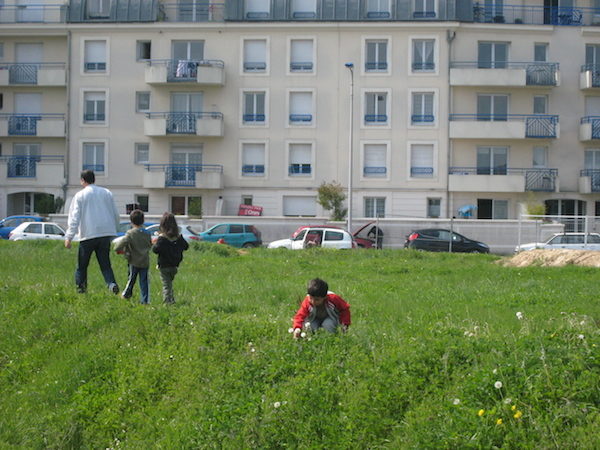Environments for Walking and Cycling

Initiatives to spur more walking and cycling have become increasingly prominent as one strategy communities are using to tackle the problems of greenhouse gas emissions, traffic congestion, resident quality of life, and public health concerns. As local governments face hard choices about which programs to fund, decision makers, planners, and residents all seek to understand if proposed policies to increase bicycling and walking—modes referred to as “active travel”—will actually work.
A series of my collaborative projects have examined how to create better environments for walking and cycling. Some projects have involved studying walking and cycling in particular places, most notably the Twin Cities Walking Study. Other work has synthesized the large literature in this area into guidelines for planners and designers. In other cases I have developed tools for evaluating environments and levels of walking and cycling. These tools included the Irvine Minnesota Inventory (IMI) for measuring built environments, the Pedestrian and Bicycling Survey (PABS) method for collecting population-level data, the Twin Cities Walking Survey, and the LEAN and NEAT GIS protocols for measuring built environments related to health.
2003-present
Selected Publications
2015 A. Forsyth and J.M. Oakes. Cycling, the Built Environment, and Health: Results of a Midwestern Study. International Journal of Sustainable Transportation 15, 1: 49-58
2015 A. Forsyth. What is a Walkable Place? The Walkability Debate in Urban Design. Urban Design International 20, 4: 274-292.
2014 A. Forsyth and M. Oakes. Workplace Neighborhoods, Walking, Physical Activity, Weight Status, and Perceived Health. Transportation Research Record 2452: 98-104.
2013 M.O. Hearst, J.R. Sirard, A. Forsyth, E.D. Parker, E.G. Klein, C.G. Green, L.A. Lytle. The Relationship of Area Deprivation, Individual-level SES and Walking Behavior Among Adults. Transportation Research Part A 50: 149-157.
2012 A. Forsyth, K. Krizek, A. Agrawal, E. Stonebreaker. Reliability Testing of the PABS (Pedestrian and Bicycling Survey) Method. Journal of Physical Activity and Health 9, 5.
2011 M. Boarnet, A. Forsyth, K. Day, and J.M. Oakes. The Street Level Built Environment and Physical Activity And Walking: Results of a Predictive Validity Study for the Irvine Minnesota Inventory. Environment and Behavior 43, 6: 735-775.
2011 A. Forsyth and K. Krizek. Urban Design: Is there a Distinctive View from the Bicycle? Journal of Urban Design 16, 4: 531-549.
2010 A. Forsyth, J. Jacobson, and K. Thering. Six Assessments of the Same Places: Comparing Views of Urban Design. Journal of Urban Design 15, 1: 21-48.
2010 A. Forsyth and K. Krizek. Promoting Walking and Bicycling: Assessing the Evidence to Assist Planners. Built Environment: 36, 4: 429-446.
2009 A. Forsyth, K. Krizek, Daniel Rodriguez. Non-motorized Travel Research and Contemporary Planning Initiatives. Progress in Planning 71: 170-184.